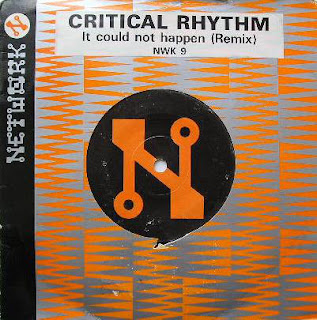Big up to the interviewees: Spencer Doran (Visible Cloaks / Kankyō Ongaku), India Jordan (New Atlantis), Matthewdavid (Leaving Records), William Thomas (Sounds of the Dawn), and Droid (No Place Like Drone / Dissensus).
One thing I didn't get to explore is the ambient quality of certain genres that on the face of it would seem to be about as politically and philosophically distant from ambient / new age values as imaginable. Such as trap. Lyrically it's all triumphalism and machismo - the opposite of ego-melting surrender and androgny. But the production drapes glistening wooze over the hard beats-and-bass. Wistful melody-riffs loop endlessly in a way that recalls the more idyllic kinds of Nineties IDM.
In many ways, trap is one of the last bastions of minimalism on the radio. Achieving its effects through accumulative sameness, trap - like UK drill - is designed for immersive and inattentive listening: it’s purpose-built to slip back into being background music, the soundtrack to driving or chilling.
You could call it Ambien Music, after the sedative-hypnotic prescription drug, given the way that trap MCs so frequently reference pain-killing, anxiety-deadening drugs like Percocet and Xanax. The result is the characteristic affect of this music: glazed, numb, insulated, oddly passive. Auto-Tune etherializes rappers like Quavo, Rich the Kid, Playboi Carti (with his famous “baby” voice) and Young Thug to the point where they sometimes seem barely-there - angelic boy-men whose vocal texture contradicts the overt meaning of the text.
So pretty, so hypnotic, so chill - the chiming glistening glide of the backing track to "Motorsport" sounds like nothing so much as systems-music. Except that it rolls out at a calm steady pace, almost screwed tempo, rather than the typically highly-strung, frantic, fidgety feel of a Michael Nyman or Philip Glass movie score.










